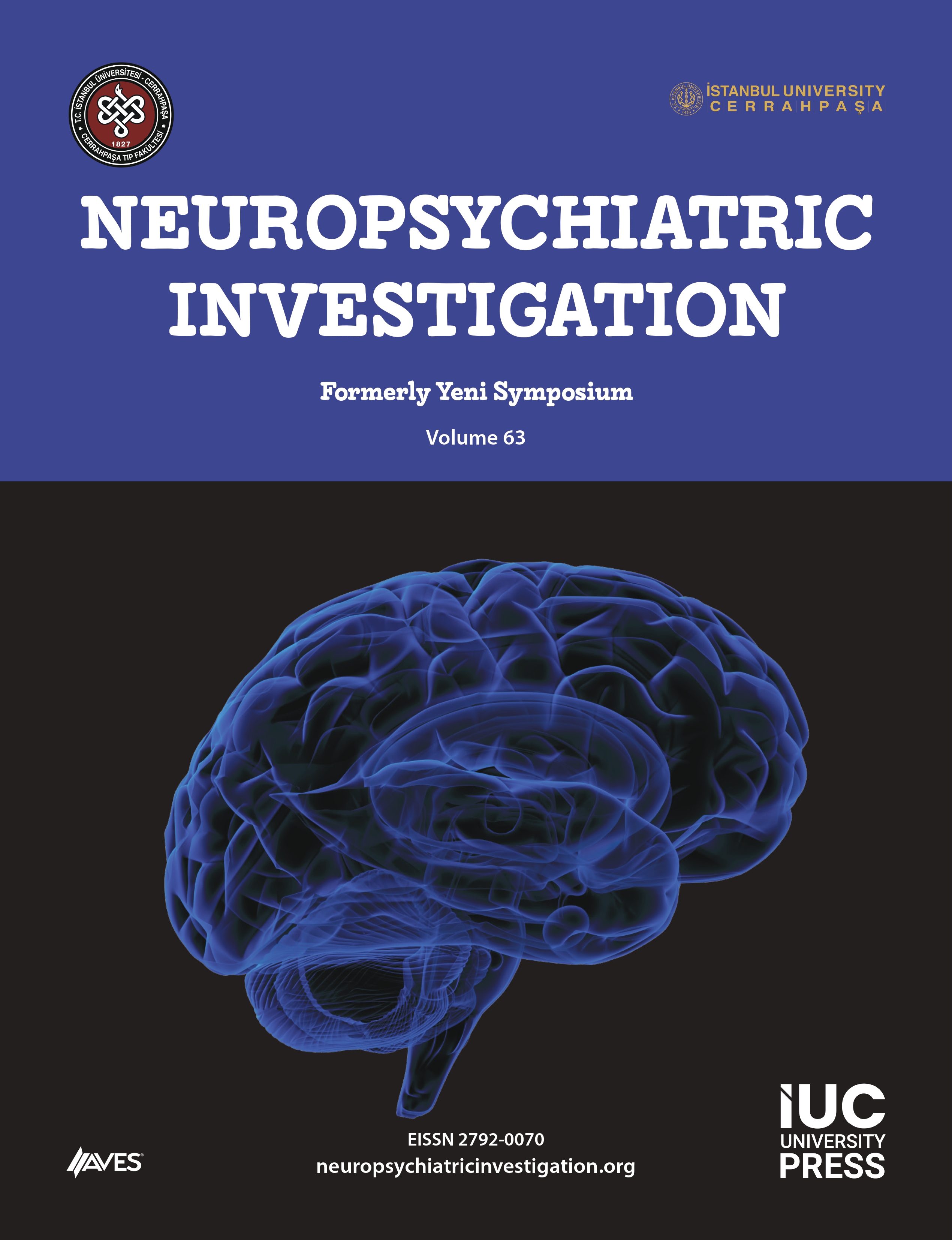Objective: Suicide attempt(s) are common among prisoners. Some studies highlight the effect of substance use, depressive symptoms, and sense of hopelessness on suicide attempt(s), but still there is a paucity of research on this issue among prison population. To address this gap this study aims to examine the effect of the depressive symptoms and sense of hopelessness on suicide attempts, and which variable are more effective on suicide attempt(s) among prisoners with and without substance use before incarceration.
Method: For the current study, 139 male prisoners with substance use and 132 non-user prisoners were recruited. Beck Depression Inventory was used to measure symptoms of depression and The Hopelessness Scale was used to measure of sense of hopelessness.
Results: 37.4% of prisoners with substance use and 10.6% of prisoners without substance use have a history of suicide attempt(s). It was found that the relationship between suicide attempt(s) and substance use is statistically higher than the relationship between suicide attempt(s) and symptoms of depression, and sense of hopelessness. Logistic regression analysis showed that the sense of hopelessness was a significant predictor of suicide attempt(s) among prisoners who used substance before incarceration. Otherwise, depressive symptoms was a significant predictor of suicide attempt(s) among prisoners who did not use substance before incarceration.
Conclusion: Based on the current results, it is recommended that psychosocial studies should be conducted, and social policies should be developed to prevent suicide attempt(s) among prisoners.




.png)